What Is A Commercial Vehicle?

What Is a Commercial Vehicle?
If you’re a business owner, knowing about commercial vehicles is crucial. From hauling heavy equipment to carrying customers, commercial vehicles are often essential to facilitating and accelerating business operations.
By definition, a commercial vehicle is a vehicle designed for business purposes, such as the transportation of goods, equipment or paying customers. Nowadays, business owners now have plenty of choices when it comes to different types of commercial vehicles
.
Let’s explore more about the different types of and uses for Light Commercial Vehicles (LCVs) and how you can find the right vehicle for your business.
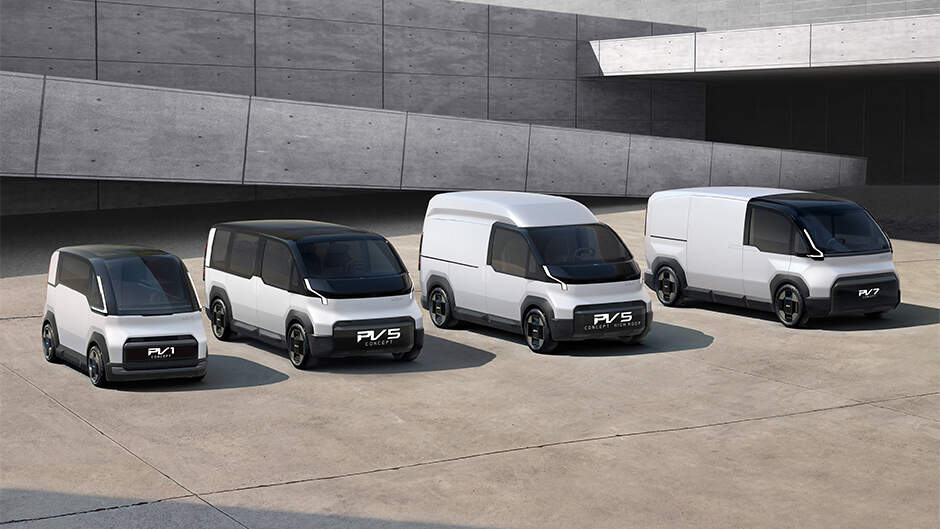
What is a Light Commercial Vehicle (LCV)?
Many of the commercial vehicles we see on the roads are Light Commercial Vehicles (LCVs). Often also referred to as Light Goods Vehicles (LGVs), LCV is an umbrella term for any kind of commercial vehicle that has a maximum gross weight of 3500 kg or less.
Let’s explore some of the different types of LCVs and what they’re commonly used for.
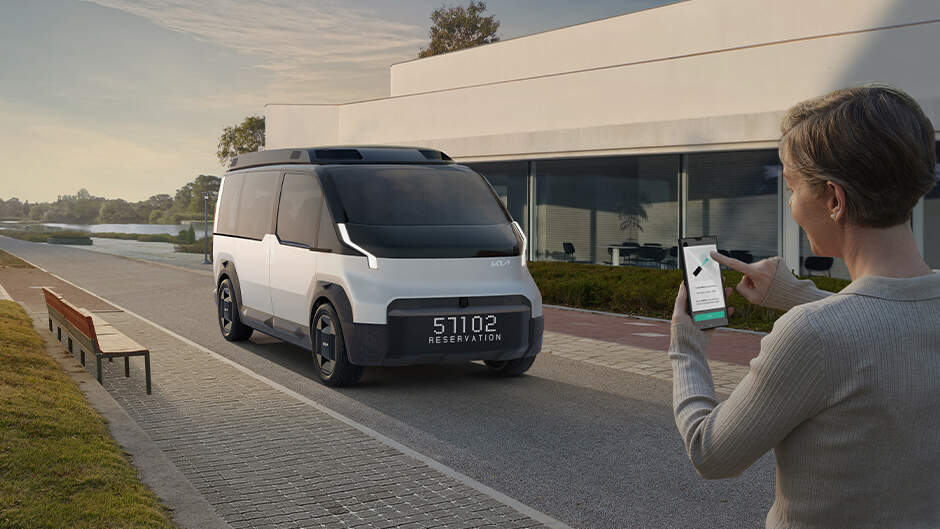
Car-derived van
One of the most popular LCVs on the roads is the Car-Derived Van (CDV).
As the name suggests, car-derived vans are vehicles based on a car’s chassis design, specifically the passenger hatchback. At the front, they have a fixed cab that usually seats 2-3 people, while the rear features a large cargo area that is accessed by sliding side doors.
They’re generally lighter than other vans and, therefore, boast superior fuel economy. CDVs are also one of the smallest LCV vehicles, so they’re easy to navigate through narrow city streets or manoeuvre into tight parking spots.
Combining the compactness of cars with a large cargo space, car-derived vans tend to be a popular choice among traders and couriers for transporting smaller goods and equipment.

Panel van
A panel van is another popular type of light commercial vehicle, particularly for the transportation of goods.
They’re similar to car-derived vans but have a larger, more enclosed cargo space with a higher capacity for larger goods and equipment. Panel vans also have a fixed cab at the front that can seat up to 3 people, along with a rear cargo space accessed via rear doors or a sliding side door.
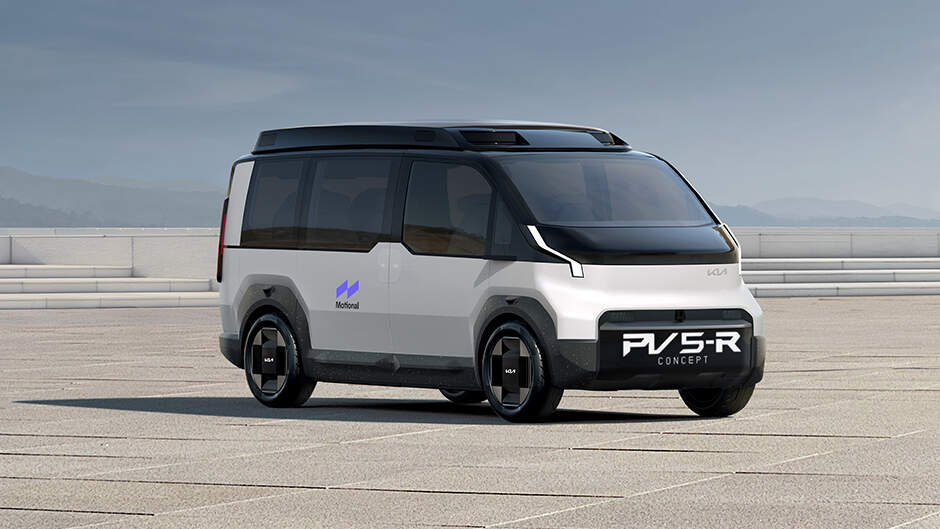
Combi van
Combi vans, also called crew vans, are generally used for commercial transport, like taxi services, or as specialist vehicles, like ambulances.
While they have the same chassis as panel vans, they typically have additional passenger seats at the rear rather than a large cargo space. Even so, combi vans still offer sizeable boot space behind the extra seats.
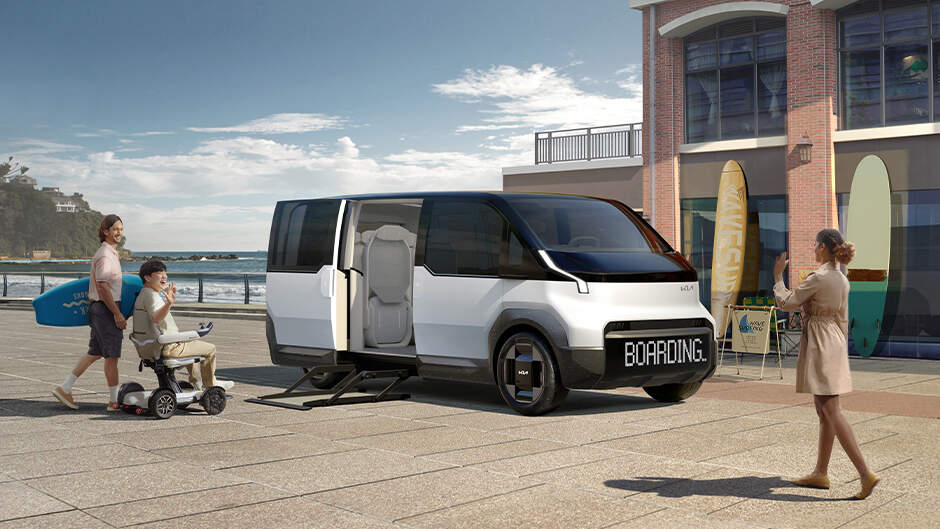
Luton van (box van)
A Luton van, sometimes called a box van, is also very similar to a panel van.
The main difference between the two light goods vehicles is simply that Luton vans have a much larger cargo space. They’re therefore considered a more practical option for people who want to move large cargo or equipment.
Generally, Luton vans are used by couriers who frequently transport large items or as moving vans for logistics companies.
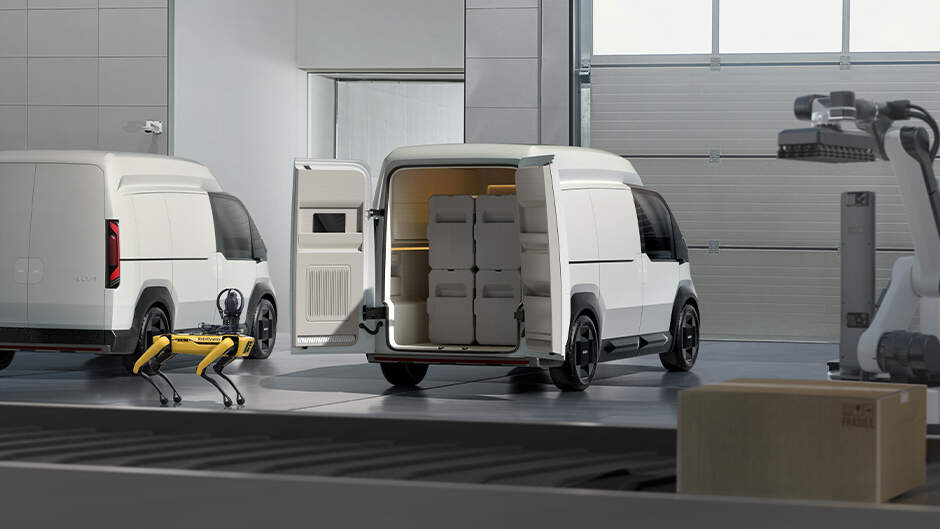
Pick up
A pick-up follows a similar design to a Luton or panel van, but its cargo space isn’t enclosed. Instead, a pick-up has an open-top loading bed that is great for accommodating cargo of different shapes and sizes.
Pick-ups are a particularly popular choice among builders or construction workers who need cargo space that can fit tall construction equipment and materials.
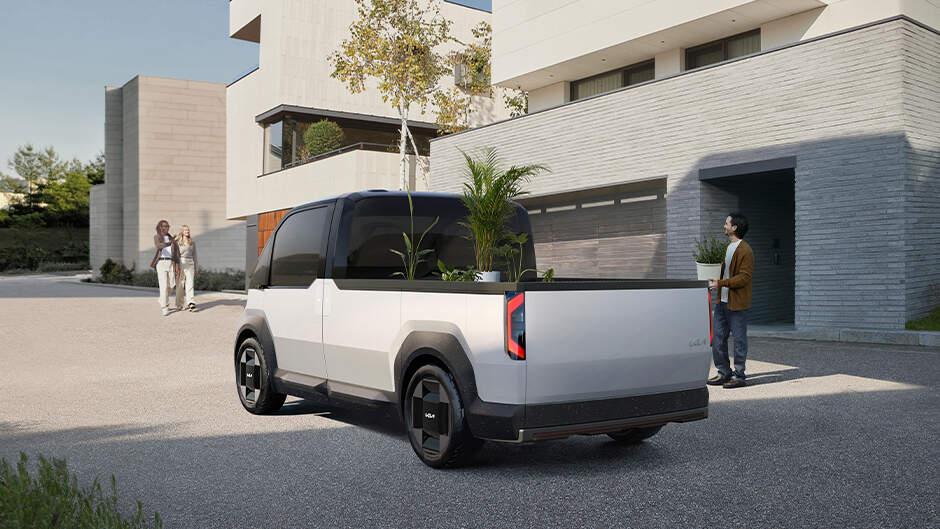
Electric commercial vehicles
As the EV industry continues to grow and develop, many manufacturers, like Kia, are now building electric commercial vehicles. Nowadays, many of the above light commercial vehicles are available with hybrid
and electric
powertrains.
Choosing an electric commercial vehicle can have many great benefits for your business. Beyond being a more sustainable form of transport, electric vans also offer greater efficiency, lower running costs, and various tax benefits.
At Kia, we’re expanding our EV line-up to include a pioneering range of electric vans
. Named our hybrid
and PBV
Concept range, our upcoming electric vans are designed to more effectively meet the diverse needs of commercial customers. From large panel vans to smaller commercial vehicles, the Kia electric van range will offer different profiles and interiors that you can modify to suit your own unique needs and unlock new business opportunities.
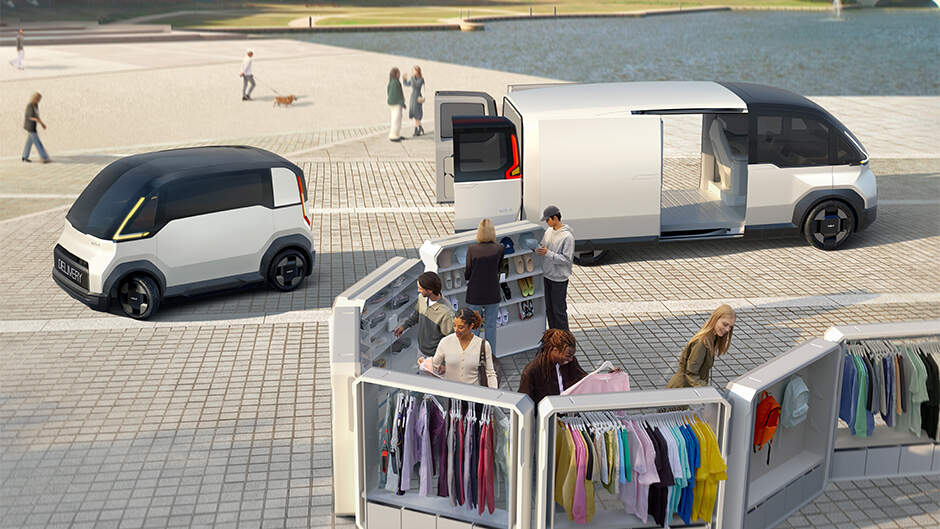
What van can I drive on my licence?
Any light commercial vehicle can be legally driven by anyone with a standard UK driver’s licence. This includes all of the LCVs we’ve detailed above.
HGVs (Heavy Goods Vehicles), on the other hand, cannot. To drive an HGV (a commercial vehicle that weighs over 3500 kg) the driver is legally required to have a ‘goods vehicle operator’s licence’.

Can I drive a commercial van on my car insurance?
Some insurance policies may cover you for driving a commercial vehicle, while others may not. If your individual policy doesn’t provide LCV coverage, you’ll need a specific van insurance policy, even if you’re just renting or borrowing a van.
If you’re using a van for business purposes, you’ll need a specific commercial insurance policy.
Second row swivel seats only available on the EV9 6-seater variant.
Images shown are for illustration purposes only and may not be to full UK specification. Features shown are not standard across the Kia model range and availability will vary dependant on model. For further details please refer to the individual model specification sheets.
Product availability varies by models. To find out which products are available for your vehicle, please contact your Kia dealer.

